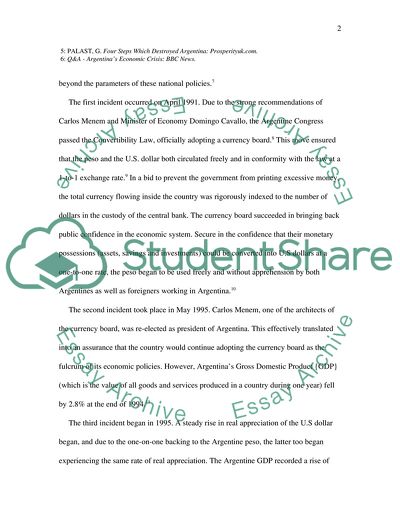Cite this document
(Element of International Business Case Study Example | Topics and Well Written Essays - 3250 words, n.d.)
Element of International Business Case Study Example | Topics and Well Written Essays - 3250 words. Retrieved from https://studentshare.org/macro-microeconomics/1540146-element-of-international-business
Element of International Business Case Study Example | Topics and Well Written Essays - 3250 words. Retrieved from https://studentshare.org/macro-microeconomics/1540146-element-of-international-business
(Element of International Business Case Study Example | Topics and Well Written Essays - 3250 Words)
Element of International Business Case Study Example | Topics and Well Written Essays - 3250 Words. https://studentshare.org/macro-microeconomics/1540146-element-of-international-business.
Element of International Business Case Study Example | Topics and Well Written Essays - 3250 Words. https://studentshare.org/macro-microeconomics/1540146-element-of-international-business.
“Element of International Business Case Study Example | Topics and Well Written Essays - 3250 Words”. https://studentshare.org/macro-microeconomics/1540146-element-of-international-business.


